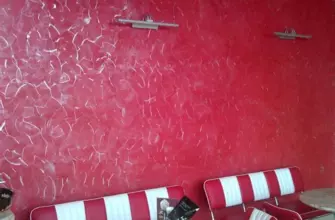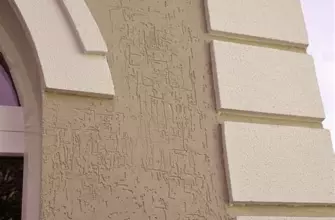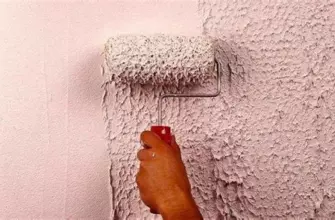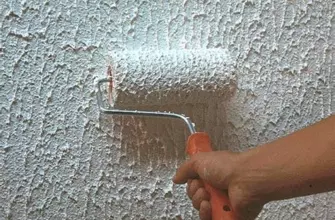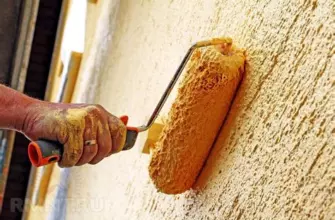Certainly! Here are five creative things you can do with your kids’ art to preserve it and reduce clutter:Create a Digital Archive:Scan or photograph the artwork and create a digital archive. You can store these on your computer or in cloud storage. This way, you preserve the memories without keeping physical copies.Make a Photo Book or Album:Select the best pieces of artwork and compile them into a photo book or album. There are many online services that make this easy to do. This creates a keepsake that is easy to store and share.Turn Art into Gifts:Use the artwork to create gifts for family members. For example, you could make custom greeting cards, calendars, or even mugs using prints of the artwork. This allows you to share the joy of the artwork while decluttering your home.Create a Rotating Art Display:Designate a space in your home (such as a wall or a bulletin board) to display your kids’ artwork. You can use frames or a string with clips to easily rotate through different pieces of art. This way, you can enjoy their creativity without keeping everything.Make Art Collages or Crafts:Use pieces of the artwork to create collages or crafts. For example, you could cut out shapes or patterns and use them to make bookmarks, magnets, or even new pieces of art. This allows you to repurpose the artwork creatively.By using these methods, you can preserve the memories and sentiment of your kids’ art while reducing the physical clutter in your home.
Certainly! Sending daily email reports in Python can be achieved using the smtplib and email libraries. Here’s a step-by-step guide to setting up a script for this purpose:Step 1: Install Required PackagesFirst, ensure you have the necessary libraries installed. You can install them using pip if you haven’t already:bashCopy codepip install secure-smtplib
Step 2: Set Up Your Email ConfigurationCreate a Python script (send_daily_report.py) and import the necessary libraries:pythonCopy codeimport smtplib
from email.mime.multipart import MIMEMultipart
from email.mime.text import MIMEText
import datetime
import os
Step 3: Define Email ParametersDefine variables for your email credentials and settings. It’s good practice to store sensitive information like email passwords in environment variables for security reasons.pythonCopy code# Email parameters
email_host = ‘smtp.example.com’
email_port = 587
email_user = ‘your_email@example.com’
email_password = os.getenv(‘EMAIL_PASSWORD’) # set EMAIL_PASSWORD as environment variable
email_to = ‘recipient@example.com’
email_subject = ‘Daily Report’
Step 4: Prepare Email ContentYou’ll need to prepare the content of your email. For demonstration purposes, we’ll create a simple text message.pythonCopy code# Email content
email_text = «»»
Hello,
Here is your daily report.
Best regards,
Your Name
«»»
Step 5: Create the Email MessageConstruct the email message using the MIMEMultipart and MIMEText classes:pythonCopy codemsg = MIMEMultipart()
msg[‘From’] = email_user
msg[‘To’] = email_to
msg[‘Subject’] = email_subject
msg.attach(MIMEText(email_text, ‘plain’))
Step 6: Set Up the SMTP ServerSet up an SMTP connection and send the email:pythonCopy codetry:
server = smtplib.SMTP(email_host, email_port)
server.starttls()
server.login(email_user, email_password)
server.sendmail(email_user, email_to, msg.as_string())
server.quit()
print(‘Email sent successfully’)
except Exception as e:
print(f’Failed to send email. Error: {e}’)
Step 7: Automate the ScriptTo automate this script to run daily, you can use a task scheduler like cron (on Unix-based systems) or Task Scheduler (on Windows).Example using cron on Unix-based Systems:Save the Python script (send_daily_report.py) in a directory.Open your terminal.Type crontab -e to edit your cron jobs.Add a line like the following to run the script every day at a specific time (e.g., 8:00 AM):bashCopy code0 8 * * * /usr/bin/python3 /path/to/send_daily_report.py
Save and exit the editor.Example using Windows Task Scheduler:Save the Python script (send_daily_report.py) in a directory.Open Task Scheduler (taskschd.msc).Click on «Create Basic Task» and follow the wizard to set up the task.In the «Actions» step of the wizard, select «Start a program» and browse to select your Python executable (python.exe) and the script (send_daily_report.py).Set the trigger to daily and the time you want the script to run.Complete the wizard and save the task.Security NoteEnvironment Variables: Store your email password and other sensitive information in environment variables to keep them secure and out of your source code.Secure Connections: If you’re using a real email service, ensure you’re using a secure (TLS) connection to protect your credentials.This setup will allow you to automate the sending of daily email reports reliably. Adjust the email content (email_text), recipients (email_to), and scheduling details to fit your specific use case.
Преимущества использования серой штукатурки в дизайне интерьера
Одним из ключевых преимуществ серой декоративной штукатурки является ее способность гармонично сочетаться с различными стилями от классики до минимализма. Этот материал позволяет создавать эффектные фоновые поверхности, подчеркивая другие детали интерьера.
- Эстетический вид: серая штукатурка добавляет неповторимый шарм помещению, делая его более выразительным и привлекательным.
- Текстурные возможности: материал обладает различными текстурными характеристиками, что позволяет выбирать подходящую отделку для любого интерьера.
- Простота в уходе: штукатурка легко чистится, что обеспечивает долговечность и сохранение первоначального внешнего вида.
| Характеристика | Серая штукатурка | Другие материалы |
|---|---|---|
| Внешний вид | Элегантный и современный | Зависит от выбранного материала |
| Совместимость со стилями | Идеально подходит для различных стилей интерьера | Могут быть ограничения по стилям |
| Текстурные возможности | Разнообразие текстур | Ограниченные текстурные возможности |
| Устойчивость к воздействию | Высокая | Зависит от конкретного материала |
Серая штукатурка предоставляет дизайнерам и владельцам домов уникальные возможности для творчества и создания интерьеров, которые отличаются элегантностью и стильностью.
Используя серую штукатурку, можно добиться эффекта дорогой отделки за разумные деньги, что делает ее привлекательным решением для ремонта и обновления интерьеров.
Certainly! Here are five creative things you could do with your kids’ art to preserve them and reduce clutter:Create a Rotating Art Gallery:Designate a wall in your home as an art gallery.Use frames or display rails to showcase their artwork.Rotate the displayed art periodically to keep it fresh.This way, you can appreciate their creations without the clutter.Make a Photo Book or Digital Gallery:Take photos of their artwork.Create a digital photo album or an online gallery.Include your child’s photo with each artwork.You can print a photo book or keep it digitally to share with family and friends.Design Customized Gifts:Scan or photograph the artwork.Use the images to create customized gifts like:MugsTote bagsBlanketsT-shirtsWebsites like Shutterfly or Zazzle offer these services.Turn Artwork into Keepsake Books:Compile their artwork into a professionally printed book.Include captions with your child’s thoughts about each piece.This creates a cherished keepsake that won’t clutter your home.Create Art Collages or Murals:Select pieces of artwork that go well together.Create collages or murals in designated areas of your home.This turns their art into a cohesive display and decorates your home in a meaningful way.These ideas should help you cherish your kids’ art while managing the clutter.
Sure, when do you find yourself procrastinating the most? What tasks or situations tend to trigger that for you?


